DaVinci Resolve for Professional Color Correction in Cinema
Course final project
A course by Luis Dengó , Editor and Colorist
About the final project for: DaVinci Resolve for Professional Color Correction in Cinema
DaVinci Resolve for Professional Color Correction in Cinema
“And now we have reached the end of the course, thank you very much for having shared this time with me. I encourage you to create your own project and create your own film looks for your professional project. Think about what you want to express and go ahead! Before we say goodbye, we are going to review the key phases of the final project. It would be great if you could show me an image or video of each phase and add a brief explanation about what you have done in each one. If you want to share videos instead of images, you can upload them to a platform like YouTube or Vimeo and share the link when you present your project. Planning and primary corrections The first step is to obtain a material that we can edit and work with. I recommend you record several shots choosing a good format and a good space and color profile. Before recording, you can make a small storyboard or vignettes to better visualize the plans you want to record. Get inspired by thinking about your influences, they can be movies, series or your favorite artists, and then grab the camera. When we have the material, it is time to make a primary correction of the material that we have recorded. As we saw in Unit 2, I have worked on a good noise reduction to clean the material well and leave it ready for the subsequent application of the color.
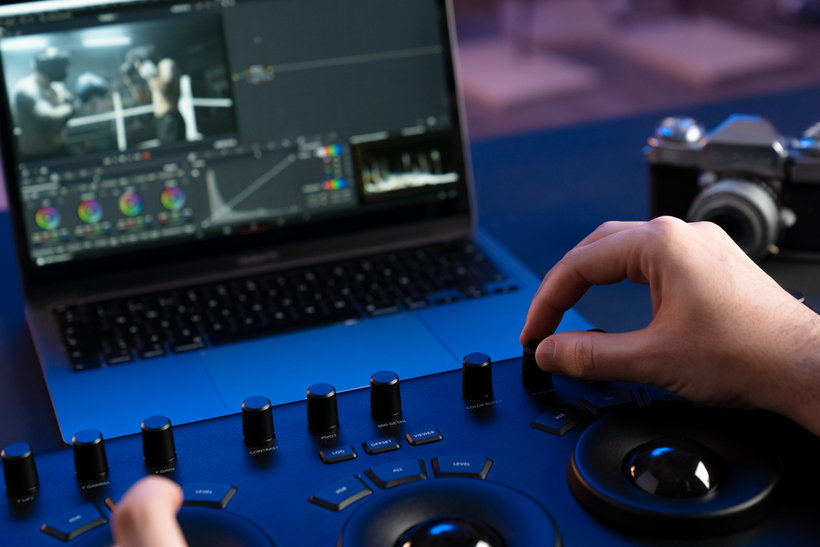
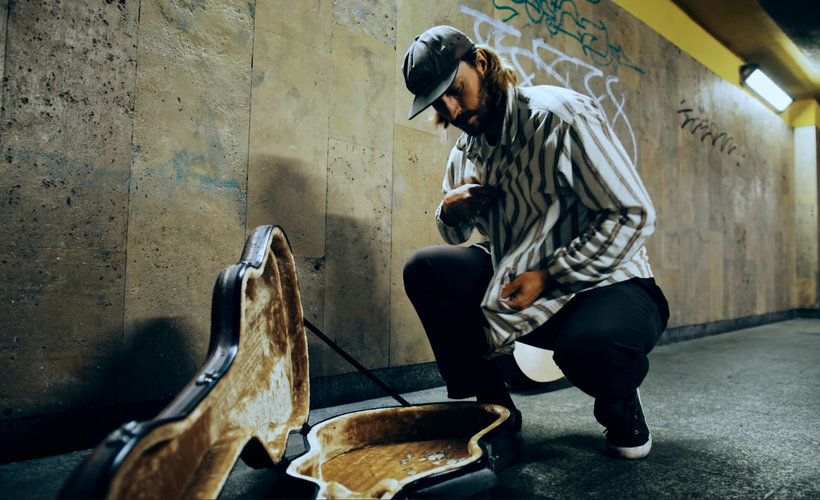
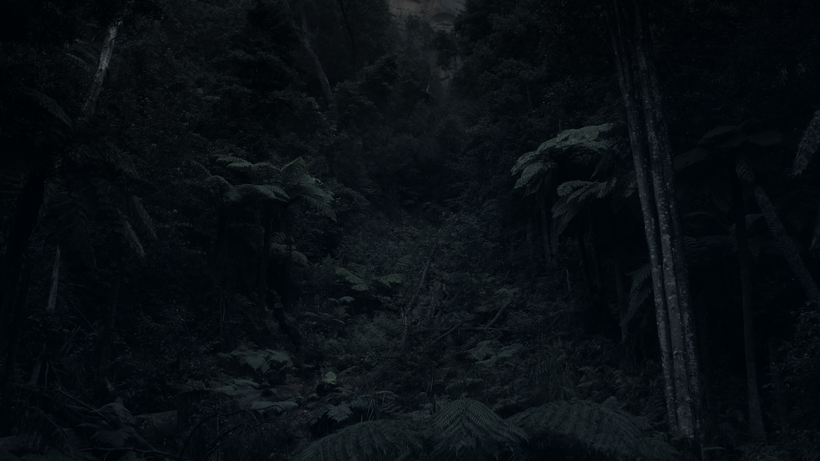
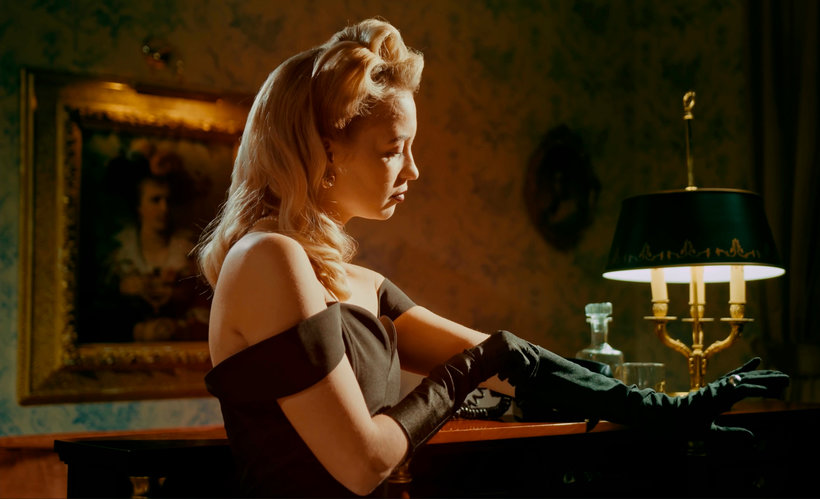

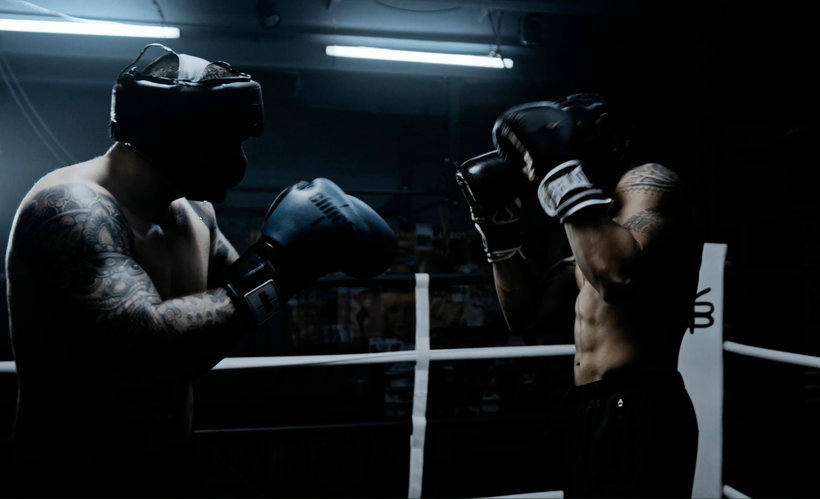


Partial transcription of the video
“Final project In this video we will talk about the final project. In my case I have made six looks one of the most used in the film industry. Now I encourage you to apply them in your projects and even that you create your own with your material. First of all, I recommend applying a good primary correction based on good noise reduction, since your material will be cleaner to later apply the color. Remember to make a good contrast and then saturate the image well and make it completely ready. I recommend that before starting to work with color, have you thought about the look you want to app...”
This transcript is automatically generated, so it may contain mistakes.
Course summary for: DaVinci Resolve for Professional Color Correction in Cinema
-
Category
Photography & Video -
Software
DaVinci Resolve -
Areas
Color Correction, Film, Video & TV, Photography Post-production, TV, Video, Video Editing

Luis Dengó
A course by Luis Dengó
Luis Dengó is a teacher, editor, and professional colorist. He was born and currently lives in Las Palmas, Gran Canaria. He studied at the School of Art and Design in Gran Canaria.
Over time, he's become more and more immersed in the world of color retouching and for many years has taught classes on color grading and video editing at the Escuela Canaria de Fotografía e Imagen.
- 98% positive reviews (141)
- 5,542 students
- 18 lessons (3h 54m)
- 25 additional resources (4 files)
- Online and at your own pace
- Available on the app
- Audio: Spanish
- Spanish · English · Portuguese · German · French · Italian · Polish · Dutch
- Level: Beginner
- Unlimited access forever

